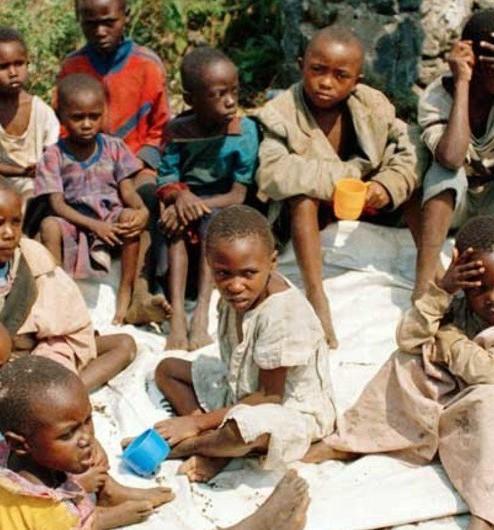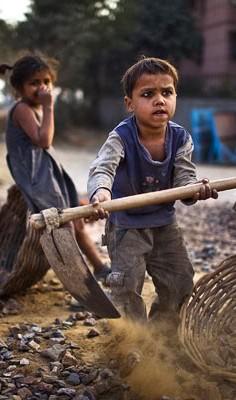Reasons
Child Trafficking Is Rising in Urban Areas

ABOUT CYNTHIA KAYLE
Cynthia Kayle is a passionate advocate for children’s rights, dedicated to combating child trafficking globally. With years of grassroots activism and policy work, she raises awareness, empowers survivors, and pushes for systemic change. Her mission is to ensure every child is protected, heard, and given the opportunity to thrive in a world free from exploitation.
1. RAPID URBANIZATION AND POPULATION GROWTH
As cities expand quickly, infrastructure and law enforcement often struggle to keep up. This creates crowded, unregulated areas, ideal conditions for traffickers to operate unnoticed.


2. INCREASED ECONOMIC DISPARITY
Urban areas may offer opportunities, but they also deepen the gap between rich and poor. Desperate families or unaccompanied children become easy targets for traffickers promising jobs, education, or better lives.


3. DEMAND FOR CHEAP LABOR AND EXPLOITATION

Urban economies often include informal sectors—like domestic work, street vending, and begging— that rely on cheap or forced labor. Children are trafficked to meet this demand, often hidden in plain sight.

4. DIGITAL AND SOCIAL MEDIA EXPLOITATION
With widespread internet access in cities, traffickers increasingly use social media and messaging apps to lure, recruit, and control children. Many victims are first contacted online.

5. WEAK ENFORCEMENT AND CORRUPTION
Despite being more resource-rich, many urban centers suffer from corruption and overwhelmed systems. Traffickers exploit these weaknesses, often with impunity.
